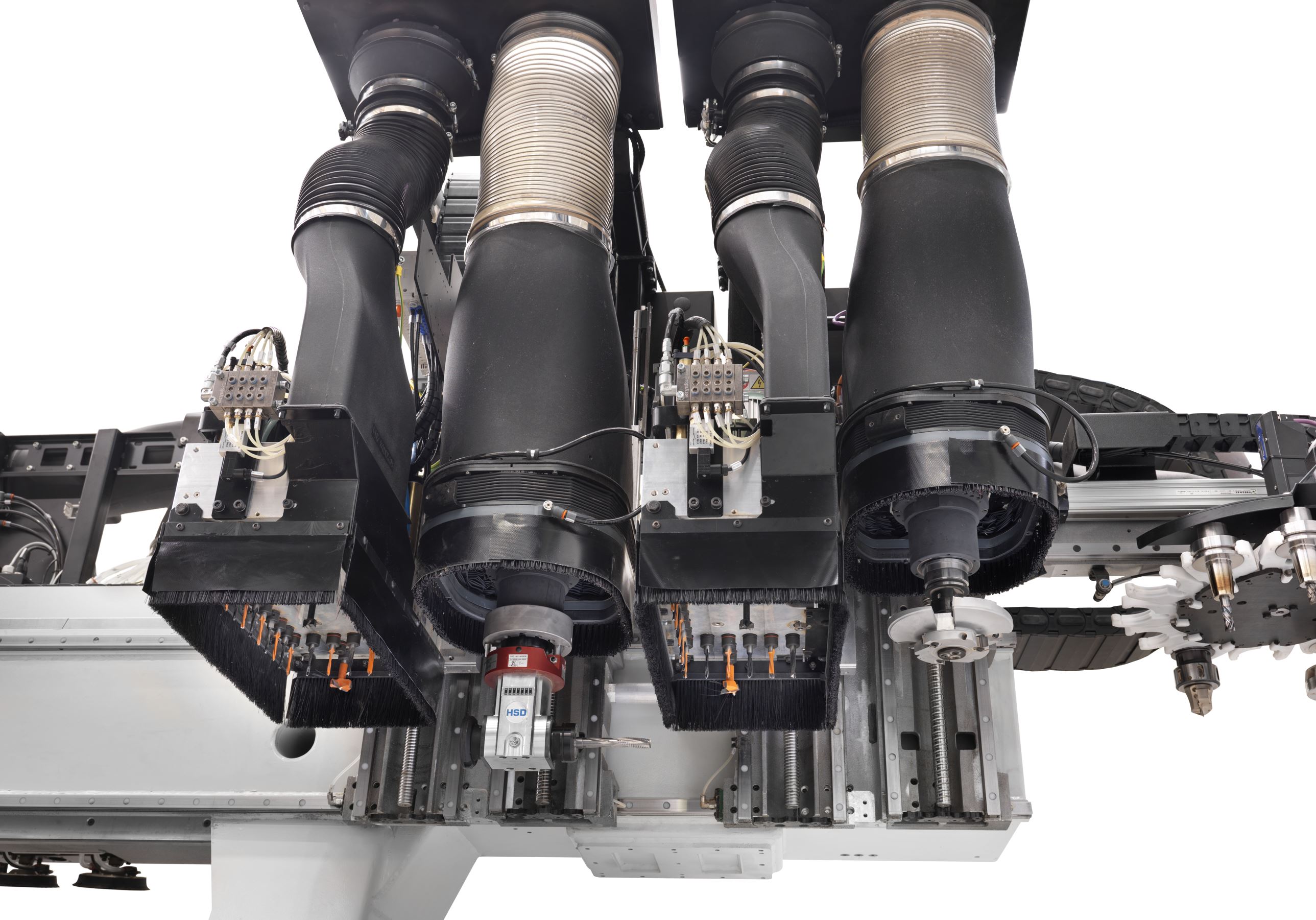In making its new Rover B FT HD machine available in a twin-head configuration, Biesse has created the most productive machining centre for nesting operations on the market today.
Why two heads are better than one
Never has it been more important than in today’s cost-conscious climate for manufacturers to extract maximum productivity from their CNCs. Twin-head machining is a logical strategy for boosting the processing efficiency of nesting operations in two ways; the second head can either be run in ‘mirror mode’, whereby the two heads perform an identical cutting pattern simultaneously, or it can be used to carry out tool changes and secondary operations in ‘hidden’ time. The second head could be a dedicated drill head or a five-axis spindle, for example.
As well as increasing productivity, twin-head arrangements reduce capital outlay and save space. Whilst each head has its own electrical components and drive, the two heads work in a shared space. A twin-head machine costs slightly more than its single-head counterpart but far less than two standard machines.
Twice the headache?
Whilst a twin-head configuration makes complete sense on paper, in practice, not every CNC chassis is designed to support dual-headed machining. The strength of the flat bed table itself becomes a limiting factor on how fast a twin-head machine can run and even the sturdiest of machines start to vibrate when they hit 50m/minute, which can affect machining quality.
Cue Biesse’s Rover B FT High Dynamics (HD)…
Pushing boundaries
Biesse’s new Rover B FT HD doesn’t look like a conventional machining centre. And that’s because it isn’t. By rewriting the rules of chassis design, Biesse has pushed out the boundaries of CNC performance to deliver a 30% faster cycle time.
No covers, no constraints
Biesse’s engineers have removed all the covers from the machine itself, instead housing the flat table in a self-contained enclosure with sliding doors for access. This provides a safe environment for operators whilst allowing machining speed to be ramped up without the risk of covers vibrating and bolts coming loose. The machine’s motors, rails, racks & pinions have also been upgraded to cope with the extra inertia.
.jpg)
Influencing overall cycle time
But in a real life scenario, it is overall cycle time - not just routing speed - that counts. That is because CNCs spend a lot of the time getting up to full speed and slowing down to turn corners or stop. The B FT HD has been engineered to ramp up to the desired speed more quickly, with faster deceleration when turning into a corner. That has a dramatic impact on overall cycle time. With an acceleration time of 10m/second, the Rover B FT HD reaches its routing speed of 128m/minute far sooner than the standard Rover B, so that even in a single-head configuration, it is 30% faster. In a twin-head configuration, the speed differential is even greater - this high performer will outpace two standard machines.
The twin-head Rover B FT HD is ideal for all nesting applications, whose focus is high volume, standard work rather than bespoke designs.
Discover more on the Rover B FT HD.
See it in action.


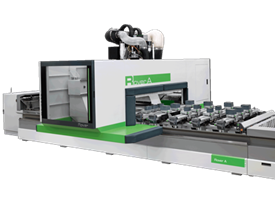
.png)
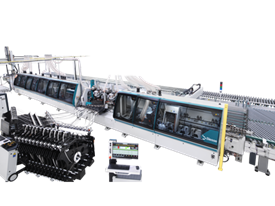
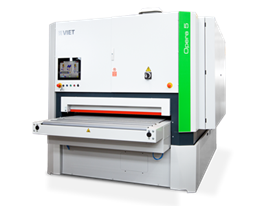
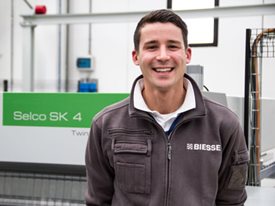
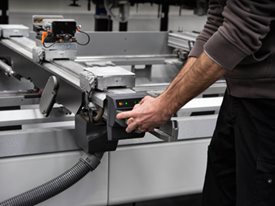

 Worldwide
Worldwide
 Italia
Italia
 United Kingdom
United Kingdom
 Россия
Россия
 France
France
 中国
中国
 Asia
Asia
 Deutschland
Deutschland
 España
España
 Schweiz
Schweiz
 North America
North America
 India
India
 Australia & New Zealand
Australia & New Zealand
 Türkiye Cumhuriyeti
Türkiye Cumhuriyeti
 Middle East
Middle East
 Brasil
Brasil
